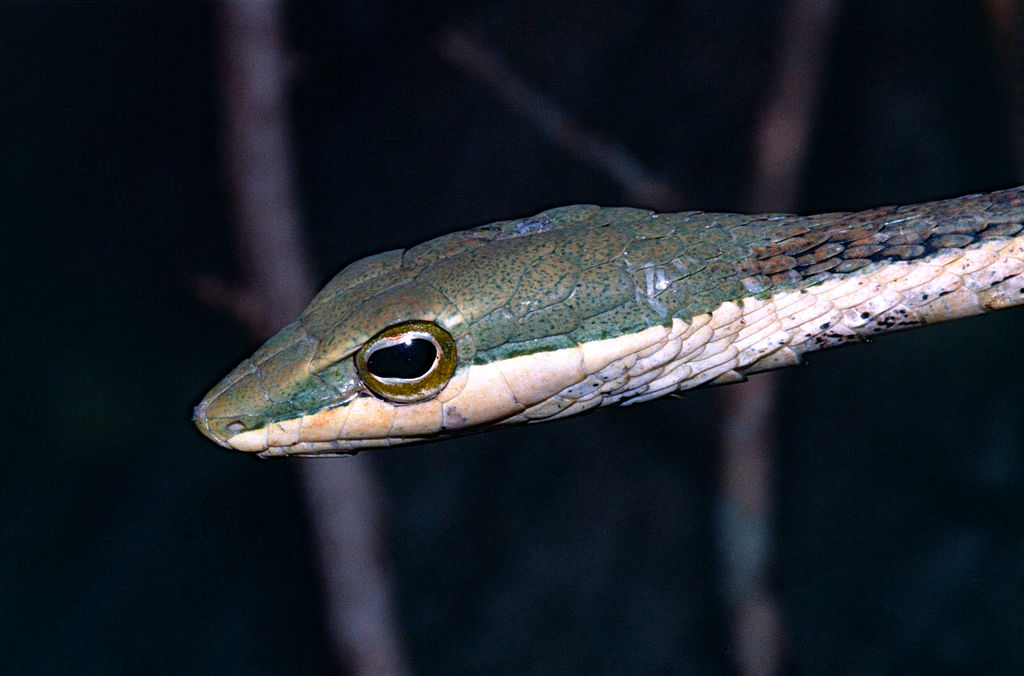Creating a captive environment that mimics a snake’s natural habitat is essential for their physical and psychological well-being. In the wild, snakes engage in a variety of behaviors that keep them mentally stimulated and physically active. By understanding and replicating these natural behaviors in captivity, snake owners can provide meaningful enrichment that reduces stress and promotes natural behaviors. The following enrichment ideas draw direct inspiration from how snakes behave in their native environments, offering practical ways to transform a basic enclosure into a more stimulating and naturalistic habitat. These strategies not only improve your snake’s quality of life but also allow you to observe more authentic snake behaviors within the comfort of your home.
Understanding Natural Snake Behaviors
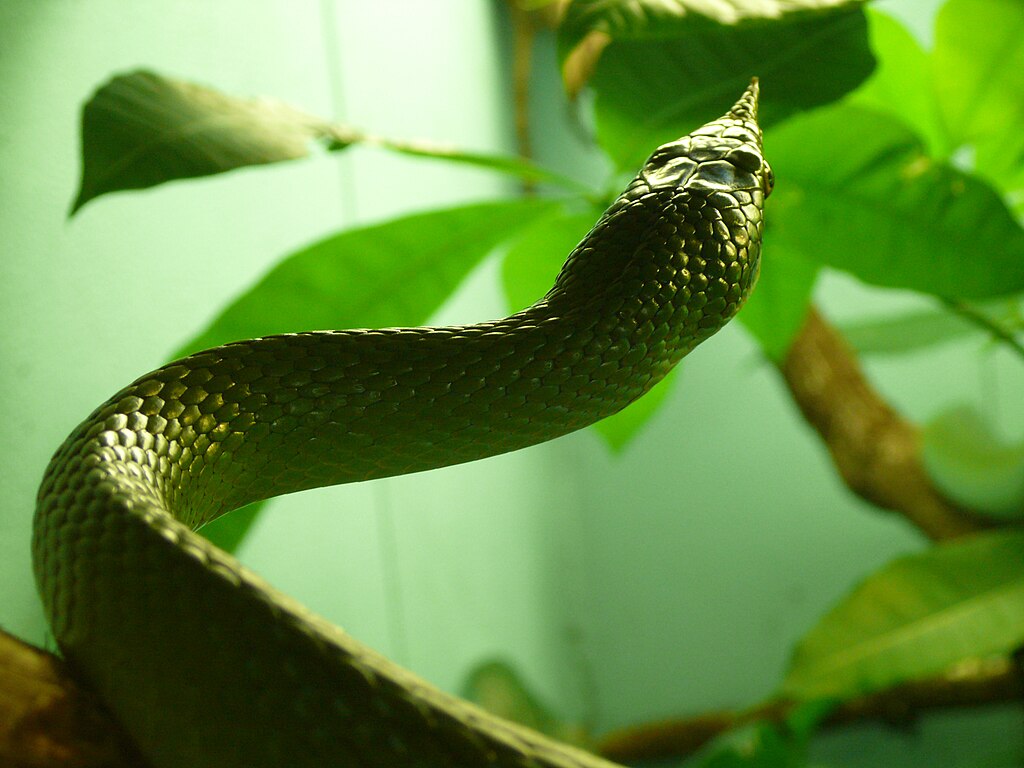
In their natural habitats, snakes exhibit complex behaviors that have evolved over millions of years. They regularly navigate various terrains, hunt prey using specialized techniques, establish territories, thermoregulate by moving between different temperature zones, and seek shelter for protection and comfort. Different species have adapted specific behaviors based on their evolutionary history and ecological niche—arboreal species climb and explore vertical spaces, while fossorial species burrow and create underground networks. Aquatic and semi-aquatic species naturally swim and dive as part of their regular activity patterns. Understanding these natural behaviors provides the foundation for creating meaningful enrichment activities that allow captive snakes to express their innate behaviors, even within the confines of an enclosure.
Creating Complex Climbing Structures
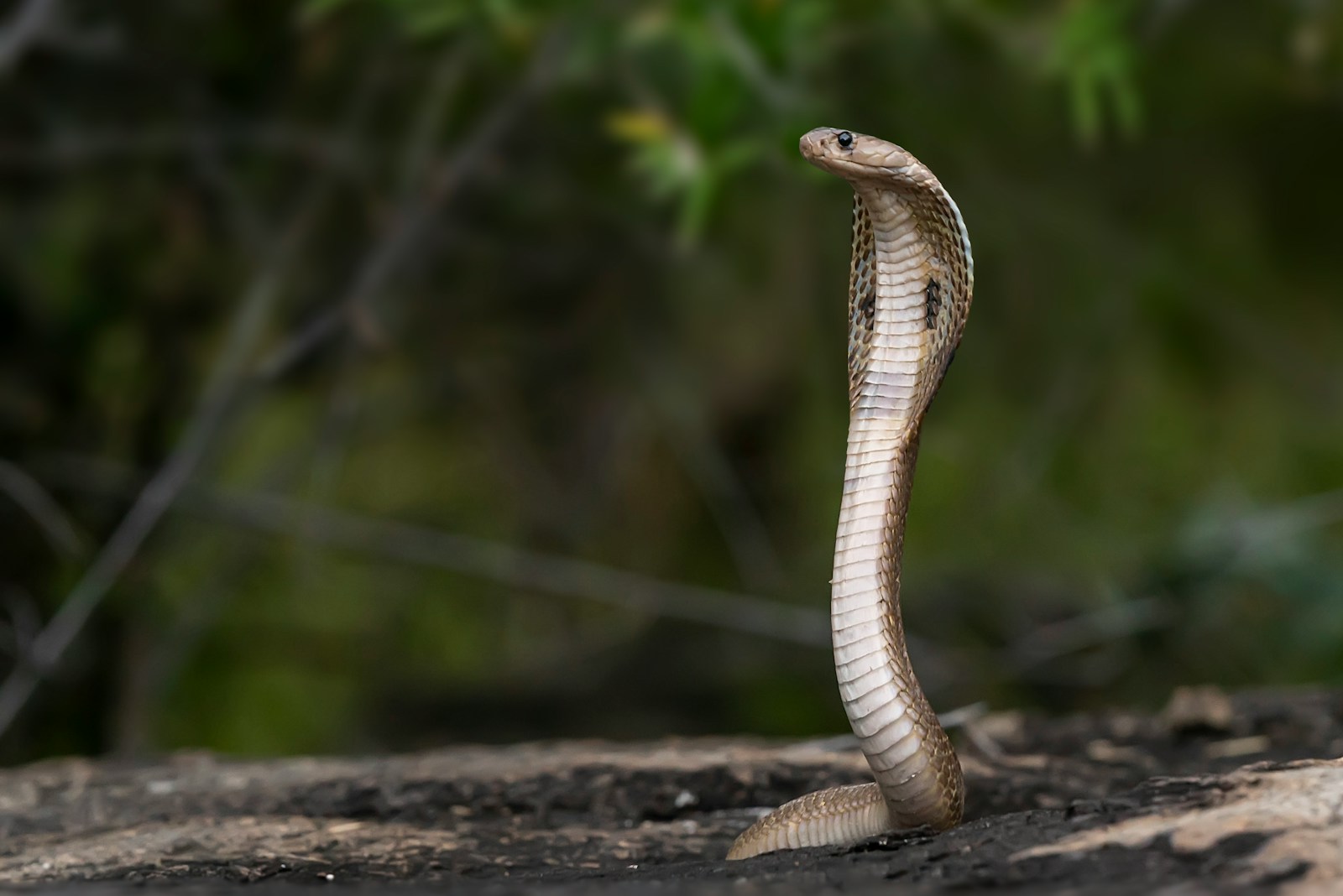
Many snake species, particularly arboreal ones like Green Tree Pythons and Emerald Tree Boas, spend significant time climbing in their natural habitats. Incorporating sturdy branches, vines, and elevated platforms in their enclosure allows them to exercise this natural behavior. Position branches at various angles and heights to create different climbing challenges and pathways throughout the terrarium. For added enrichment, occasionally rearrange these climbing structures to present new navigational challenges that prevent habituation. Secure hardwood branches, commercially available reptile vines, or specialized snake climbing accessories to the enclosure walls, ensuring they can support your snake’s weight without risk of falling. This vertical enrichment not only provides exercise but also increases the usable space in the enclosure, effectively expanding your snake’s territory.
Implementing Multiple Hiding Spots
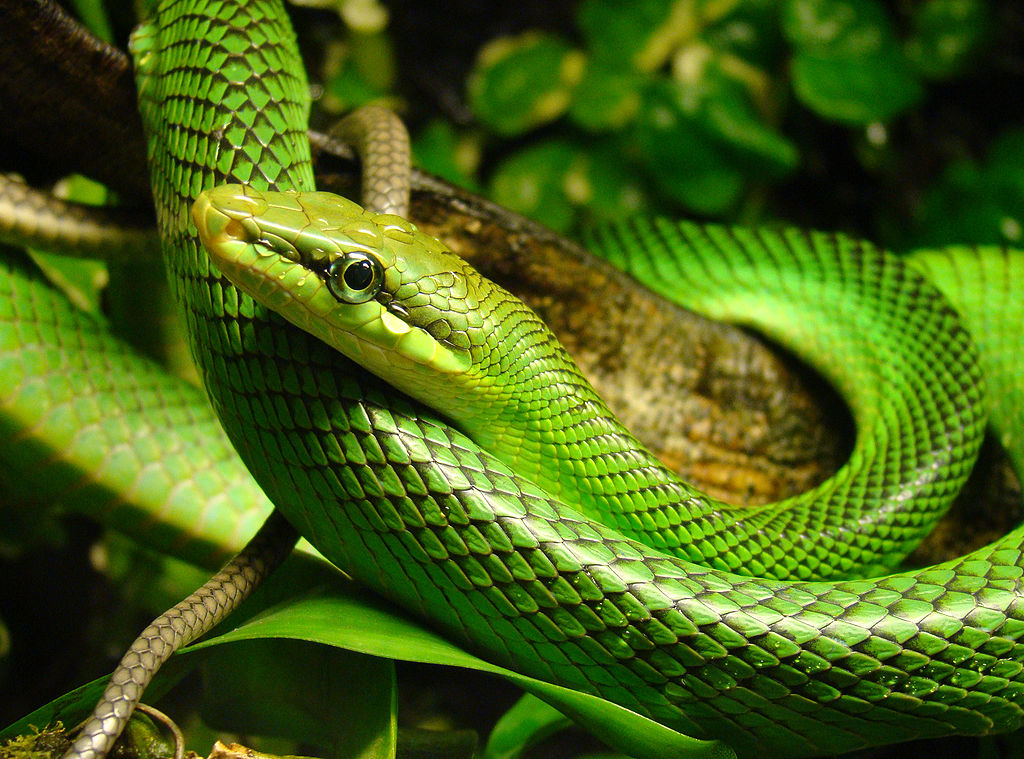
In the wild, snakes regularly seek out secure hiding places to rest, digest meals, and avoid predators. Replicating this behavior requires providing multiple hiding spots throughout the enclosure at different temperature gradients. Include at least two hide boxes—one on the warmer side and one on the cooler side—allowing your snake to thermoregulate while remaining hidden. Beyond commercial hide boxes, natural options like cork bark, hollow logs, rock formations with small caves, and dense artificial plants create more naturalistic retreats. Some species, particularly those with fossorial tendencies, benefit from substrate deep enough to burrow into, mimicking how they would create their own shelters in nature. Regularly observing which hiding spots your snake prefers provides valuable insight into their comfort levels and environmental preferences.
Designing Substrate Variety Zones
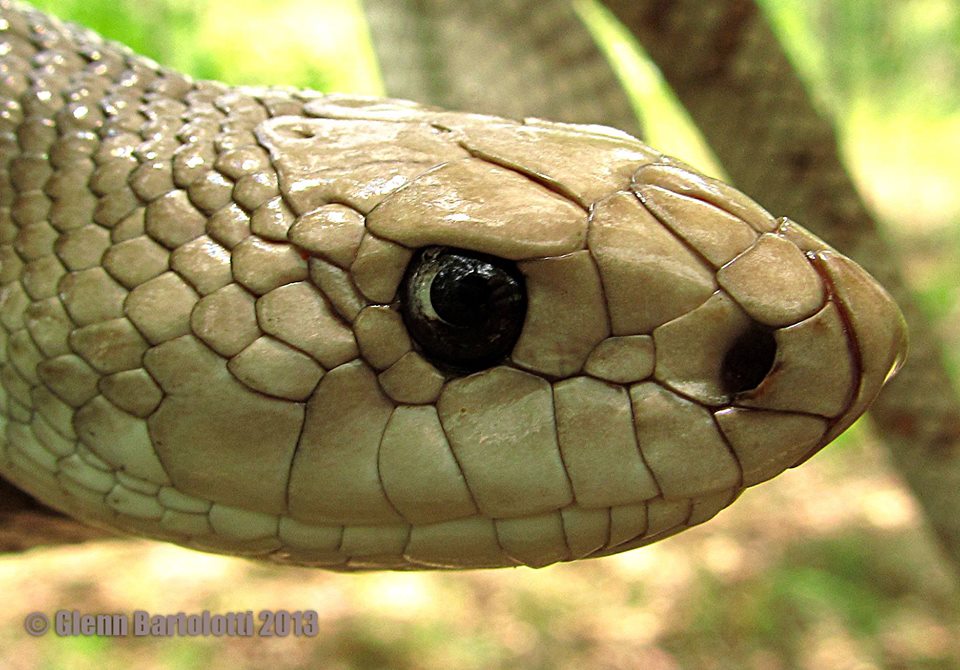
Wild snakes encounter diverse substrates as they move through their environments, from loose soil and leaf litter to rocks and sand. Creating substrate variety zones in the enclosure stimulates natural exploratory behaviors and provides different tactile experiences. Divide the enclosure into sections with different substrates appropriate for your species—options might include coconut husk, cypress mulch, sphagnum moss, reptile-safe soil mixes, or specialized reptile substrates. For species that naturally burrow, ensure at least one area has substrate deep enough to allow this behavior, typically 3-4 inches for smaller species and deeper for larger burrowers. Some keepers create a “bioactive” portion of the enclosure with living plants and decomposer organisms that maintain a more natural substrate ecosystem. This diversity not only stimulates exploration but also provides different humidity pockets throughout the enclosure, supporting proper shedding.
Incorporating Water Features

Many snake species interact with water sources in their natural habitat, using them for drinking, soaking, swimming, hunting, and regulating body temperature. Beyond the basic water bowl, more elaborate water features can provide significant enrichment for appropriate species. For semi-aquatic species like Water Snakes or Anacondas, installing a larger water area that allows partial or full submersion is particularly valuable. Even predominantly terrestrial species benefit from occasional access to shallow soaking areas, especially during shedding periods when higher humidity helps the process. Some keepers create naturalistic water features using safe, sealed containers partially buried in the substrate with gently sloped access points to prevent drowning risk. Remember that water features require regular cleaning and maintenance to prevent bacterial growth, so design them with accessibility in mind.
Creating Hunting Opportunities
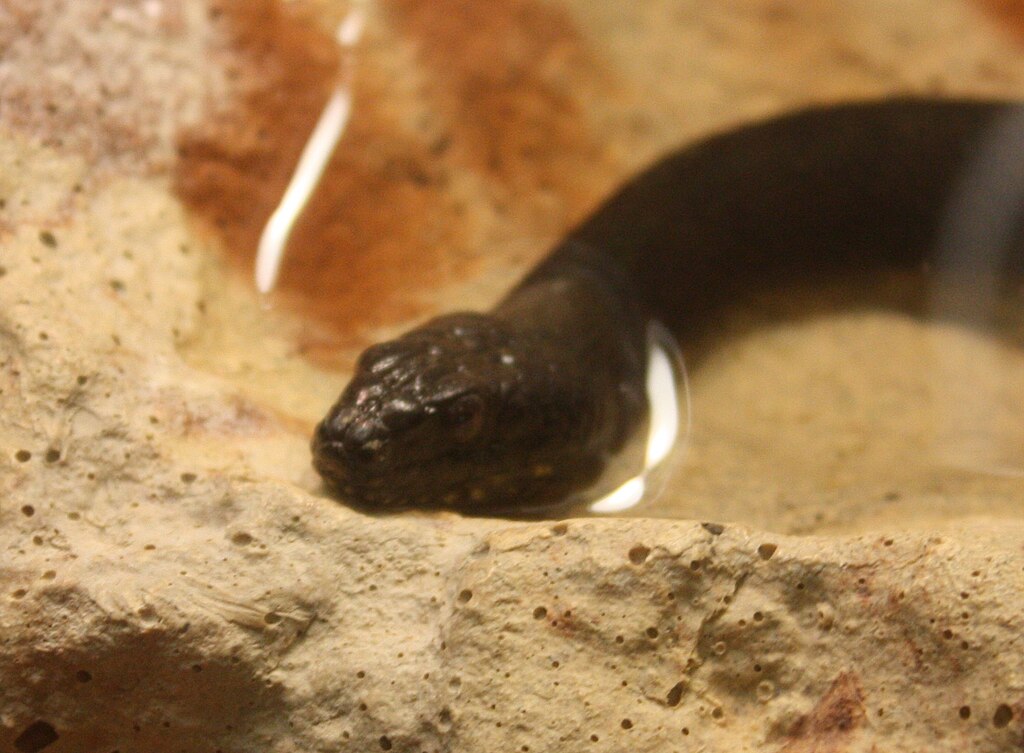
In the wild, snakes employ specialized hunting strategies from ambush predation to active foraging, depending on their species. While captive feeding necessarily differs from wild hunting, you can still stimulate natural hunting behaviors through enrichment techniques. Rather than presenting prey items directly to your snake, place appropriately sized (and safely thawed, if frozen-thawed) food items in different locations within the enclosure to encourage your snake to search and “hunt.” For species that naturally ambush from hiding spots, try placing prey near but not directly in front of their favorite hide. Some keepers use feeding tongs to gently move prey items in a natural manner to trigger the snake’s hunting response. Always supervise these enrichment feeding sessions and remove any uneaten prey after an appropriate time to maintain proper hygiene.
Temperature Gradient Optimization
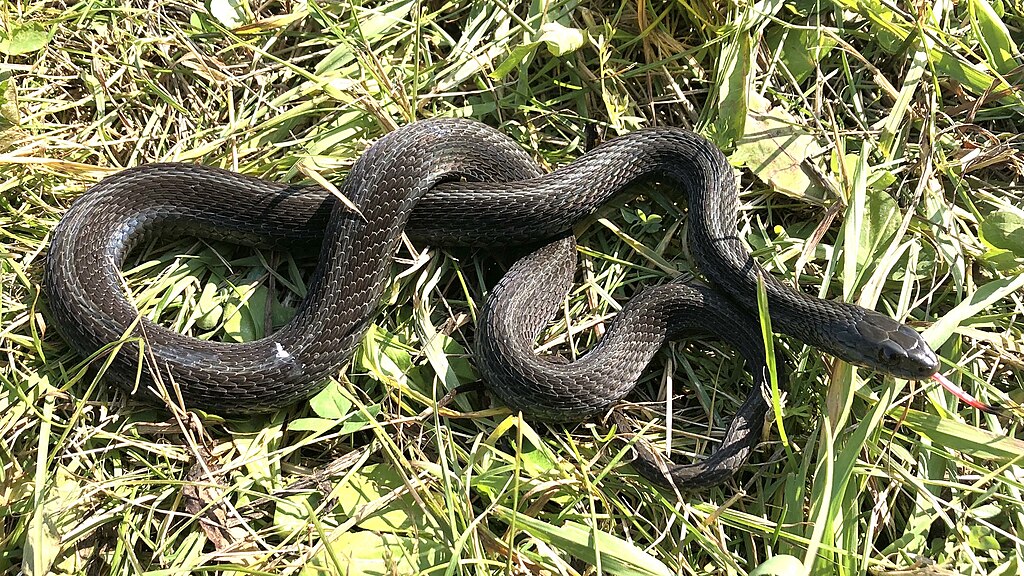
Wild snakes regularly move between different temperature zones to regulate their body temperature, a behavior known as thermoregulation. Creating a proper temperature gradient allows captive snakes to exercise this natural behavior rather than being forced to remain in one temperature zone. Arrange heating elements (such as under-tank heaters, radiant heat panels, or ceramic heat emitters) to create a distinct warm side and cool side with a gradual transition between them. Include basking spots of different temperatures and heights, as many species naturally adjust their position relative to heat sources throughout the day. Provide areas where your snake can get closer to or further from heat sources based on their needs. This environmental complexity supports not just physical health but also encourages natural movement patterns throughout the enclosure.
Implementing Seasonal Variations
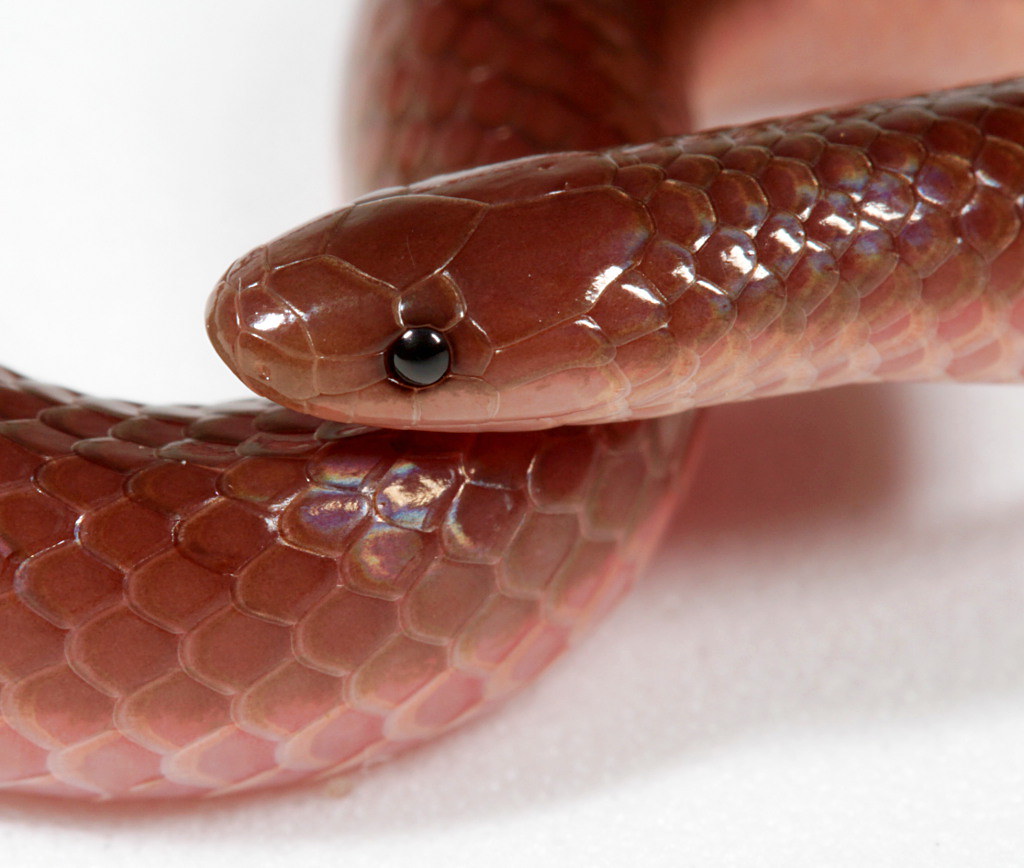
In their natural habitats, most snakes experience seasonal changes that trigger different behaviors and physiological responses. Mimicking these seasonal variations in captivity can stimulate natural behaviors and support overall health. Gradually adjust temperature, humidity, and light cycles to reflect natural seasonal changes that would occur in your snake’s native range. For breeding purposes, some species benefit from a cooling period that simulates winter, followed by a warming period that triggers reproductive behaviors. Even without breeding intentions, subtle seasonal adjustments can encourage more active behaviors during “summer” months and more restful periods during “winter.” These changes need not be dramatic; even slight adjustments of a few degrees or minor light cycle changes can provide enrichment by preventing habitat stagnation.
Adding Scent Enrichment

Snakes rely heavily on their sense of smell, using their forked tongues to collect scent particles and their Jacobson’s organ to process them. In the wild, they encounter countless different scents that provide valuable information about prey, predators, and potential mates. Introduce new and interesting scents to the enclosure occasionally to stimulate this sensory system. Safe options include rubbing fresh (non-toxic) herbs like basil or mint on enclosure items, or introducing substrates with new natural scents like fresh leaf litter. For carnivorous species, occasionally wiping a small amount of prey scent on a new object can trigger exploratory behavior. Always research species-specific preferences and avoid using any artificial scents, essential oils, or cleaning products that could be harmful to reptiles.
Utilizing Puzzle Feeders
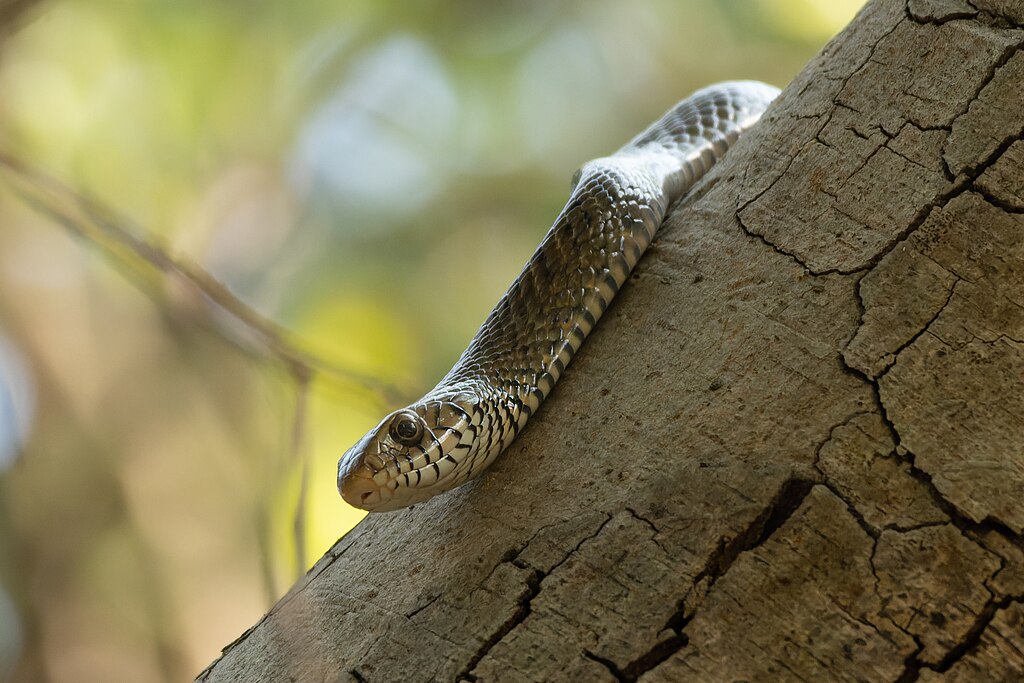
While not something snakes encounter in exactly the same form in the wild, puzzle feeders tap into their natural problem-solving abilities used during hunting and exploration. Simple puzzle feeders for snakes might include prey items partially hidden under substrate or tucked into specialized feeding devices that require the snake to work out how to access them. Some keepers place thawed prey inside snake-safe containers with holes just large enough for the snake to extract the food, mimicking how they might need to extract prey from tight spaces in nature. These feeding enrichment activities should be appropriate to your snake’s species, size, and natural feeding style. Monitor these sessions carefully to ensure your snake doesn’t become stressed or frustrated, and always provide regular meals if puzzle feeding proves too challenging.
Incorporating Shedding Assistance Stations
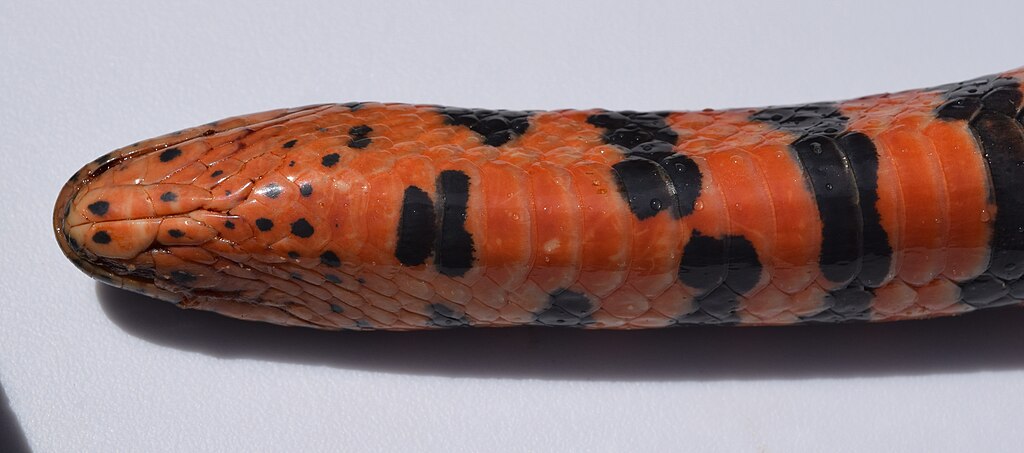
In the wild, snakes actively seek out specific environmental features to assist with shedding their skin. They may rub against rough surfaces like rocks or tree bark, or find humid microhabitats to soften their old skin. Creating dedicated shedding assistance stations replicates this natural behavior while supporting healthy shedding. Place textured items like clean, sanitized pieces of cork bark, rough stones, or commercially available “shed boxes” throughout the enclosure. Include a humidity retreat—a hide box with damp sphagnum moss or other moisture-retaining substrate—that your snake can access when preparing to shed. Some keepers notice their snakes preferentially using these features when entering the “blue” phase before shedding. Monitoring how your snake uses these stations provides valuable information about their shedding process and overall health.
Rotating Environmental Enrichment
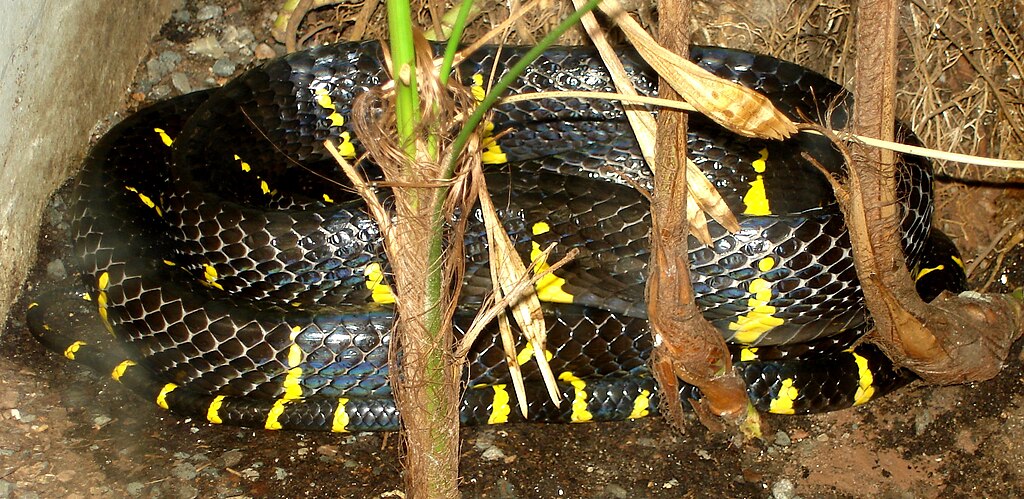
Wild snakes regularly encounter new environmental features as they move through their territory. While a captive environment cannot provide the same range of experiences, regularly rotating enrichment items prevents habituation and maintains curiosity. Create a collection of snake-safe enrichment items like different textured surfaces, novel climbing structures, varied hiding spots, and different substrate types that you can interchange every few weeks. Keep track of which items your snake shows the most interest in, and which seem to encourage natural behaviors like climbing, exploring, or resting. Always sanitize items before introducing them to the enclosure, and avoid making too many changes at once, which could cause stress. This rotation system keeps the environment dynamic and interesting without requiring a complete enclosure overhaul.
Monitoring Enrichment Effectiveness

The ultimate goal of any enrichment program is to improve your snake’s welfare by promoting natural behaviors and reducing stress. Regularly observe and document how your snake interacts with different enrichment features to determine what’s truly beneficial. Positive indicators include increased activity during normal activity periods, exploration of new items, use of different enclosure areas, successful shedding, normal feeding responses, and a lack of stress behaviors like excessive hiding or constant movement along enclosure walls. Keep a simple journal noting which enrichment items seem to engage your snake most effectively, and which might be causing stress or being ignored. This observational approach allows you to tailor your enrichment strategy to your individual snake’s preferences and needs, acknowledging that even within the same species, individuals may respond differently to various enrichment techniques.
Creating a naturalistic environment that encourages wild behaviors not only improves your snake’s quality of life but also provides you with the opportunity to observe and understand these fascinating creatures more completely. By implementing these enrichment strategies inspired by natural behaviors, you’re not just keeping a snake—you’re providing a habitat that allows it to express its full range of innate behaviors. Remember that enrichment should always be species-appropriate and introduced gradually to avoid overwhelming your snake. With thoughtful implementation of these ideas, your captive snake can experience many of the mental and physical benefits of their wild counterparts while remaining safely in your care.

